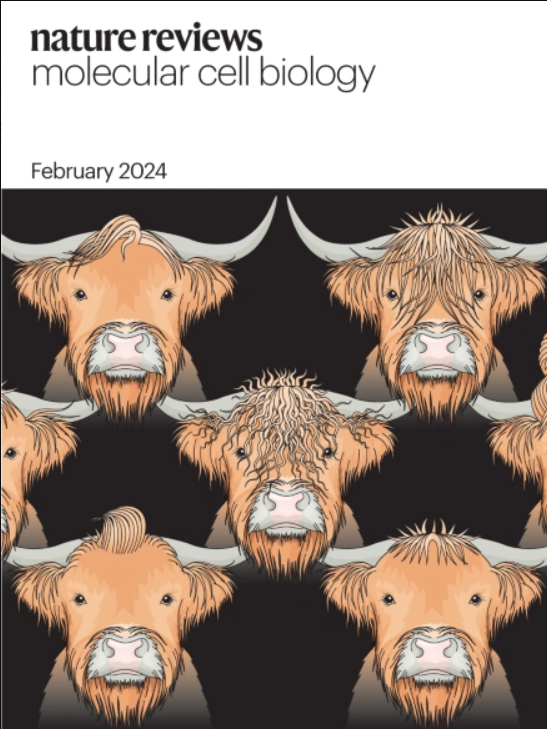Collective migration modes in development, tissue repair and cancer
IF 90.2
1区 生物学
Q1 CELL BIOLOGY
引用次数: 0
Abstract
Migrating cells have key functions in shaping tissues during development, repairing tissues after development and supporting cancer invasion and metastasis. In all these contexts, cells often maintain contact with their neighbours and move as a group, in a process termed collective migration. In this Review, we describe the elegant mechanisms used by collectively migrating cells in vivo to coordinate their movements and obtain directional information. We start by highlighting the diverse physiological roles that migrating collectives have within the body and then focus on dominant paradigms for the organization of migrating collectives including the roles of leader and follower cells, local cell–cell adhesion and signalling, and external guidance cues. By comparing collective migrations occurring during development and cancer, we bring into focus shared principles for collective cell movement and distinct strategies used by cancer cells for their own dispersal. Throughout, we pay particular attention to how migrating collectives display emergent properties not exhibited by individually migrating cells and how these properties provide the robustness needed for efficient cell movement. Collective cell migration has major roles in animal development, tissue repair and cancer metastasis. This Review explores how migrating collectives are organized in development versus cancer, focusing on cell adhesion, signalling and guidance cues.


发育、组织修复和癌症中的集体迁移模式
迁移细胞在组织发育过程中的塑造、组织发育后的修复以及支持肿瘤的侵袭和转移等方面具有关键功能。在所有这些情况下,细胞经常与它们的邻居保持联系,并作为一个群体移动,这一过程被称为集体迁移。在这篇综述中,我们描述了集体迁移细胞在体内协调运动和获取方向信息所使用的优雅机制。我们首先强调迁移集体在体内的不同生理作用,然后关注迁移集体组织的主要范式,包括领导细胞和跟随细胞的作用,局部细胞-细胞粘附和信号传导,以及外部指导线索。通过比较发育和癌症期间发生的集体迁移,我们将焦点集中在集体细胞运动的共同原则和癌细胞自身扩散的不同策略上。在整个过程中,我们特别关注迁移集体如何显示单个迁移细胞未显示的紧急特性,以及这些特性如何提供有效细胞运动所需的鲁棒性。
本文章由计算机程序翻译,如有差异,请以英文原文为准。
求助全文
约1分钟内获得全文
求助全文
来源期刊
CiteScore
173.60
自引率
0.50%
发文量
118
审稿时长
6-12 weeks
期刊介绍:
Nature Reviews Molecular Cell Biology is a prestigious journal that aims to be the primary source of reviews and commentaries for the scientific communities it serves. The journal strives to publish articles that are authoritative, accessible, and enriched with easily understandable figures, tables, and other display items. The goal is to provide an unparalleled service to authors, referees, and readers, and the journal works diligently to maximize the usefulness and impact of each article. Nature Reviews Molecular Cell Biology publishes a variety of article types, including Reviews, Perspectives, Comments, and Research Highlights, all of which are relevant to molecular and cell biologists. The journal's broad scope ensures that the articles it publishes reach the widest possible audience.

 求助内容:
求助内容: 应助结果提醒方式:
应助结果提醒方式:


